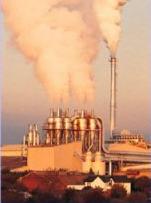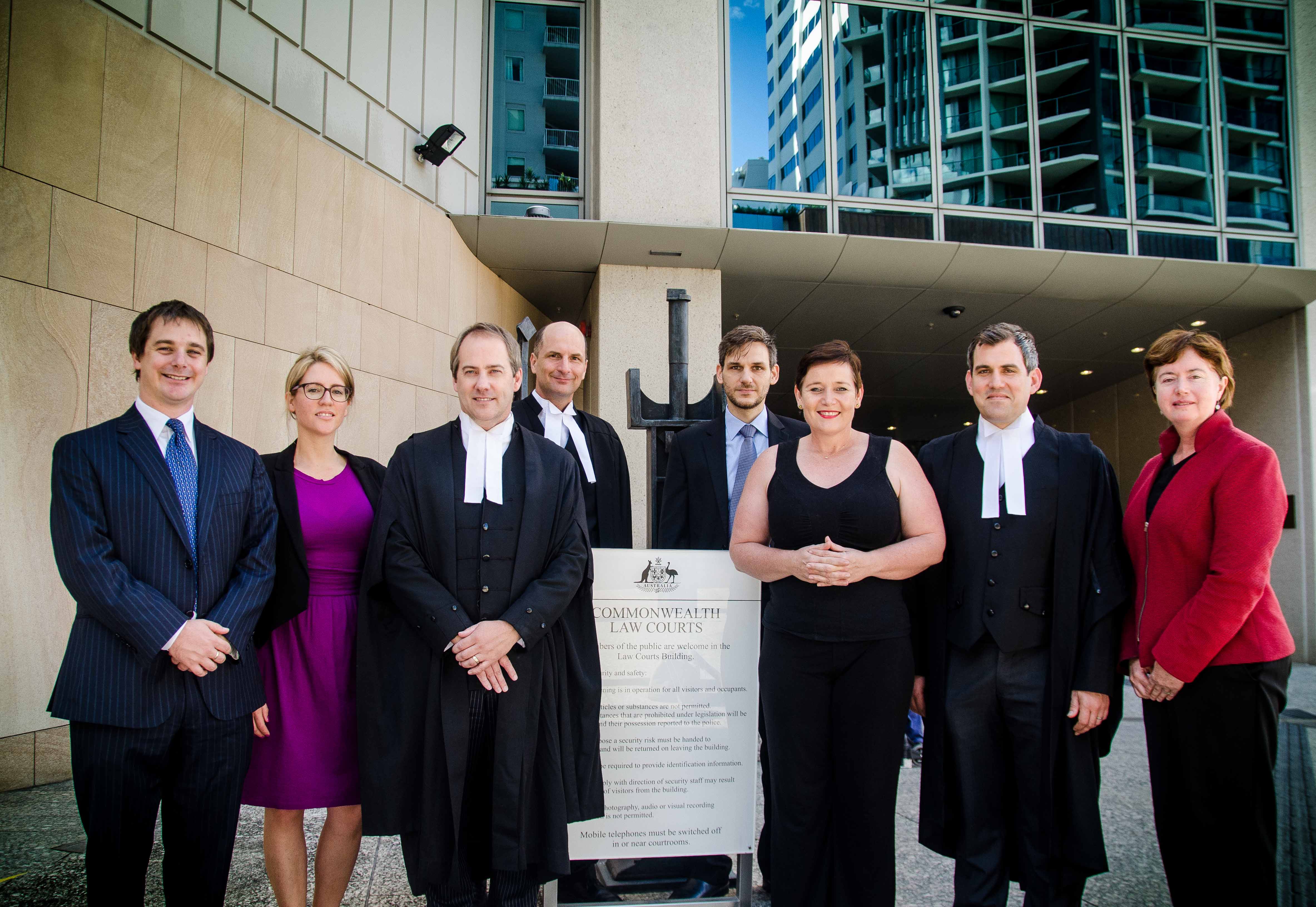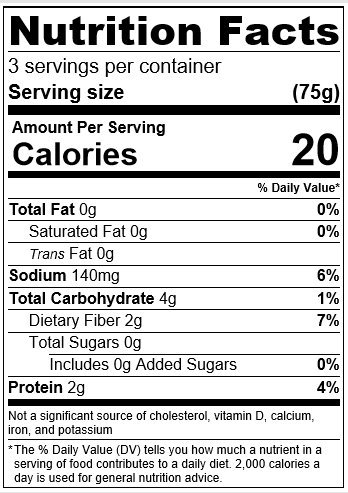|
Clean Air Society Of Australia And New Zealand
The Clean Air Society of Australia and New Zealand (CASANZ) is a non-governmental, non-profit organization formed in the 1960s to bring together people with an interest in clean air and the study of air pollution. Its focus has since grown to include broader environmental management affairs, but with special emphasis on air quality and related issues. As of October 2005, the society had 836 members (683 in Australia, 140 in New Zealand, and 13 in other countries). In September 2007, CASANZ hosted the 14th IUAPPA World Congress in Brisbane, Australia. Activities promoting environmental protection CASANZ promotes the protection of the environment by a variety of activities, including: *Advancement of knowledge and practical experience of environmental and air quality management. *Providing an organization which gathers and distributes the experience and knowledge of its members. *Providing lectures, exhibitions, public meetings and conferences that expand knowledge of environmenta ... [...More Info...] [...Related Items...] OR: [Wikipedia] [Google] [Baidu] |
Australia
Australia, officially the Commonwealth of Australia, is a Sovereign state, sovereign country comprising the mainland of the Australia (continent), Australian continent, the island of Tasmania, and numerous List of islands of Australia, smaller islands. With an area of , Australia is the largest country by area in Oceania and the world's List of countries and dependencies by area, sixth-largest country. Australia is the oldest, flattest, and driest inhabited continent, with the least fertile soils. It is a Megadiverse countries, megadiverse country, and its size gives it a wide variety of landscapes and climates, with Deserts of Australia, deserts in the centre, tropical Forests of Australia, rainforests in the north-east, and List of mountains in Australia, mountain ranges in the south-east. The ancestors of Aboriginal Australians began arriving from south east Asia approximately Early human migrations#Nearby Oceania, 65,000 years ago, during the Last Glacial Period, last i ... [...More Info...] [...Related Items...] OR: [Wikipedia] [Google] [Baidu] |
Odour
An odor (American English) or odour (Commonwealth English; see spelling differences) is caused by one or more volatilized chemical compounds that are generally found in low concentrations that humans and animals can perceive via their sense of smell. An odor is also called a "smell" or a "scent", which can refer to either a pleasant or an unpleasant odor. While "odor" and "smell" can refer to pleasant and unpleasant odors, the terms "scent", "aroma", and "fragrance" are usually reserved for pleasant-smelling odors and are frequently used in the food and cosmetic industry to describe floral scents or to refer to perfumes. Physiology of smell Sense of smell The perception of odors, or sense of smell, is mediated by the olfactory nerve. The olfactory receptor (OR) cells are neurons present in the olfactory epithelium, which is a small patch of tissue at the back of the nasal cavity. There are millions of olfactory receptor neurons that act as sensory signaling cells. E ... [...More Info...] [...Related Items...] OR: [Wikipedia] [Google] [Baidu] |
Environmental Organisations Based In Australia
A biophysical environment is a biotic and abiotic surrounding of an organism or population, and consequently includes the factors that have an influence in their survival, development, and evolution. A biophysical environment can vary in scale from microscopic to global in extent. It can also be subdivided according to its attributes. Examples include the marine environment, the atmospheric environment and the terrestrial environment. The number of biophysical environments is countless, given that each living organism has its own environment. The term ''environment'' can refer to a singular global environment in relation to humanity, or a local biophysical environment, e.g. the UK's Environment Agency. Life-environment interaction All life that has survived must have adapted to the conditions of its environment. Temperature, light, humidity, soil nutrients, etc., all influence the species within an environment. However, life in turn modifies, in various forms, its conditions. S ... [...More Info...] [...Related Items...] OR: [Wikipedia] [Google] [Baidu] |
Atmospheric Dispersion Modeling
Atmospheric dispersion modeling is the mathematical simulation of how air pollutants disperse in the ambient atmosphere. It is performed with computer programs that include algorithms to solve the mathematical equations that govern the pollutant dispersion. The dispersion models are used to estimate the downwind ambient concentration of air pollutants or toxins emitted from sources such as industrial plants, vehicular traffic or accidental chemical releases. They can also be used to predict future concentrations under specific scenarios (i.e. changes in emission sources). Therefore, they are the dominant type of model used in air quality policy making. They are most useful for pollutants that are dispersed over large distances and that may react in the atmosphere. For pollutants that have a very high spatio-temporal variability (i.e. have very steep distance to source decay such as black carbon) and for epidemiological studies statistical land-use regression models are also used. ... [...More Info...] [...Related Items...] OR: [Wikipedia] [Google] [Baidu] |
Australian Conservation Foundation
The Australian Conservation Foundation (ACF) is Australia's national environmental organisation, launched in 1965 in response to a proposal by the World Wide Fund for Nature for a more co-ordinated approach to sustainability. One high-profile campaign was ‘Save the Whales’, which ended commercial whaling in Australia, following widespread protest against the huge slaughter. Another was to protect the vulnerable Great Barrier Reef by classifying it as a Marine Park, from which mining, drilling and trawling were banned. By 2000, ACF initiatives extended across a wide range of agendas, such as climate change, clean energy, rainforest preservation, greenhouse pollution and land tenure reform in the indigenous communities. ACF is an independent, non-partisan, non-profit organisation focused on advocacy, policy, research and community organising, with a membership of 700,000. Its President, as of 2022, is Mara Bún. Origins Discussions regarding the need for an Australian c ... [...More Info...] [...Related Items...] OR: [Wikipedia] [Google] [Baidu] |
Clean Ocean Foundation
The Clean Ocean Foundation is an Australian environmental organisation that seeks to stop all forms of ocean pollution and restore our oceans to their former health. Clean Ocean Foundation holds that the best way of minimising the impact of the waste from any land-based activity is for the waste to be retained on land wherever possible so its impact can be properly monitored and minimised. It is dedicated to closure wherever possible of all ocean, sanitary sewer, sewerage, industrial outfalls. If this is impossible Clean Ocean Foundation demands that rigorous, ongoing, transparent monitoring in conjunction in line with community standards and world's best practice occur at each outfall. Clean Ocean Foundation is currently involved in research under the auspices of thMarine Biodiversity Hubto produce thNational Outfall Database The database identifies the location and composition of domestic outfalls on the Australian coastline. Clean Ocean Foundation is also developing community ... [...More Info...] [...Related Items...] OR: [Wikipedia] [Google] [Baidu] |
Risk Communication
Risk communication is a complex cross-disciplinary academic field that is part of risk management and related to fields like crisis communication. The goal is to make sure that targeted audiences understand how risks effect to them or their communities by appealing to their values. Risk communication is particularly important in disaster preparedness, public health, and preparation for major global catastrophic risk. For example, the Effects of climate change, impacts of climate change and climate risk effect every part of society, so communicating that risk is an important climate communication practice, in order for societies to plan for climate change adaptation, climate adaptation. Similarly, in pandemic prevention, Risk perception, understanding of risk helps communities stop the spread of disease and improve responses. Risk communication deals with possible risks and aims to raise awareness of those risks to encourage or persuade changes in behavior to relieve threats in the ... [...More Info...] [...Related Items...] OR: [Wikipedia] [Google] [Baidu] |
Effects Of Climate Change
The effects of climate change impact the physical environment, ecosystems and human societies. The environmental effects of climate change are broad and far-reaching. They affect the water cycle, oceans, sea and land ice (glaciers), sea level, as well as weather and climate extreme events. The changes in climate are not uniform across the Earth. In particular, most land areas have warmed faster than most ocean areas, and the Arctic is warming faster than most other regions. The regional changes vary: at high latitudes it is the average temperature that is increasing, while for the oceans and tropics it is in particular the rainfall and the water cycle where changes are observed. The magnitude of future impacts of climate change can be reduced by climate change mitigation and adaptation. Climate change has degraded land by raising temperatures, drying soils and increasing wildfire risk. Recent warming has strongly affected natural biological systems. Species worldwide are mig ... [...More Info...] [...Related Items...] OR: [Wikipedia] [Google] [Baidu] |
Indoor Air Quality
Indoor air quality (IAQ) is the air quality within and around buildings and structures. IAQ is known to affect the health, comfort, and well-being of building occupants. Poor indoor air quality has been linked to sick building syndrome, reduced productivity, and impaired learning in schools. Common pollutants of indoor air include: Secondhand tobacco smoke, air pollutants from indoor combustion, radon, molds and other allergens, carbon monoxide, volatile organic compounds, legionella and other bacteria, asbestos fibers, carbon dioxide, ozone and particulates. Source control, filtration, and the use of ventilation to dilute contaminants are the primary methods for improving indoor air quality in most buildings. Determination of IAQ involves the collection of air samples, monitoring human exposure to pollutants, collection of samples on building surfaces, and computer modelling of air flow inside buildings. IAQ is part of indoor environmental quality (IEQ), which includes IAQ ... [...More Info...] [...Related Items...] OR: [Wikipedia] [Google] [Baidu] |
Odour Special Interest Group
{{Use dmy dates, date=April 2022 The Odour Special Interest Group (OSIG) is a sub-committee of the Clean Air Society of Australia and New Zealand and provides forums for the exchange of information, encouraging improved practices in odour measurement, dispersion modelling, assessment, control, management and monitoring of odour effects. The current OSIG Chair is Michael Assal of The Odour Unit. When required, the OSIG reforms one or all of its four subcommittees. These are responsible for investigating and developing approaches in regard to Odour Sampling, Odour Modelling Approaches, Community Impact Tools and specifying Separation Distances. The aims of these committees are to help develop methods and approaches for assessing potential odour impacts that are transparent and can be cited as officially accepted by air quality professionals within Australia and New Zealand New Zealand ( mi, Aotearoa ) is an island country in the southwestern Pacific Ocean. It consists of ... [...More Info...] [...Related Items...] OR: [Wikipedia] [Google] [Baidu] |
New Zealand
New Zealand ( mi, Aotearoa ) is an island country in the southwestern Pacific Ocean. It consists of two main landmasses—the North Island () and the South Island ()—and over 700 smaller islands. It is the sixth-largest island country by area, covering . New Zealand is about east of Australia across the Tasman Sea and south of the islands of New Caledonia, Fiji, and Tonga. The country's varied topography and sharp mountain peaks, including the Southern Alps, owe much to tectonic uplift and volcanic eruptions. New Zealand's capital city is Wellington, and its most populous city is Auckland. The islands of New Zealand were the last large habitable land to be settled by humans. Between about 1280 and 1350, Polynesians began to settle in the islands and then developed a distinctive Māori culture. In 1642, the Dutch explorer Abel Tasman became the first European to sight and record New Zealand. In 1840, representatives of the United Kingdom and Māori chiefs ... [...More Info...] [...Related Items...] OR: [Wikipedia] [Google] [Baidu] |
Risk Assessment
Broadly speaking, a risk assessment is the combined effort of: # identifying and analyzing potential (future) events that may negatively impact individuals, assets, and/or the environment (i.e. hazard analysis); and # making judgments "on the tolerability of the risk on the basis of a risk analysis" while considering influencing factors (i.e. risk evaluation). Put in simpler terms, a risk assessment determines possible mishaps, their likelihood and consequences, and the tolerances for such events. The results of this process may be expressed in a quantitative or qualitative fashion. Risk assessment is an inherent part of a broader risk management strategy to help reduce any potential risk-related consequences. Need Individual risk assessment Risk assessment are done in individual cases, including patient and physician interactions. Individual judgements or assessments of risk may be affected by psychological, ideological, religious or otherwise subjective factors, which impa ... [...More Info...] [...Related Items...] OR: [Wikipedia] [Google] [Baidu] |




